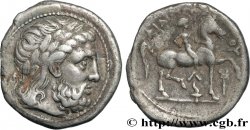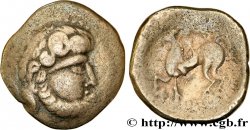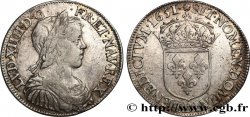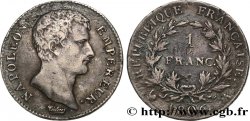Live auction - bgr_532685 - DONAURAUM Tétradrachme au cavalier, imitation de Philippe II
Sie müssen angeschlossen sein und von cgb.fr genehmigt werden, um in einer E-Auktion teilzunehmen.Melden Sie sich an, um zu wetten..Die Kontobestätigungen sind innerhalb von 48 Stunden nach Ihrer Anmeldung gemacht.Warten Sie nicht bis die letzten zwei Tage vor dem Abschluss eines Verkaufs, um Ihre Registrierung abzuschließen. Klickend "BIETEN" verpflichten Sie sich vertraglich, diesen Artikel zu kaufen und Sie nehmen ohne Reserve die allgemeinen Verkaufsbedingungen für den live auctions zu cgb.fr an.
Der Verkauf wird an der Zeit auf der Übersichtsseite angezeigt geschlossen werden. Angebote, die nach der Schließung Zeit empfangen sind, werden nicht gültig.
Bitte beachten Sie, dass die Fristen für die Einreichung Ihres Angebots auf unsere Server können variieren und es kann zur Ablehnung Ihres Angebots entstehen, wenn es in den letzten Sekunden des Verkaufs gesendet wird. Die Angebote sollen mit ganzer Zahl ausgeführt sein, Sie können Kommas oder des Punktes in Ihrem Angebot nicht erfassen. Bei Fragen klicken Sie hier, um einen Blick auf die FAQ Live-Auktionen.
Alle Gewinngebote unterliegen einem Aufschlag von 18 % für Verkaufskosten.
Alle Gewinngebote unterliegen einem Aufschlag von 18 % für Verkaufskosten.
| Schätzung : | 650 € |
| Preis : | Kein Gebot |
| Höchstgebot : | Kein Gebot |
| Verkaufsende : | 04 Juni 2019 14:16:08 |
Type : Tétradrachme au cavalier, imitation de Philippe II
Datum: c. 320-280 AC.
Metall : Silber
Durchmesser : 27 mm
Stempelstellung : 9 h.
Gewicht : 13,76 g.
Seltenheitsgrad : R2
Kommentare zum Erhaltungszustand:
Exemplaire sur un flan large et ovale bien centré avec les grènetis visibles. Belle tête de Zeus, légèrement stylisée. Joli revers. Belle patine gris foncé avec des reflets dorés
N° im Nachschlagewerk :
Vorderseite
Titulatur der Vorderseite ANÉPIGRAPHE.
Beschreibung Vorderseite Tête laurée de Zeus à droite ; grènetis.
Rückseite
Beschreibung Rückseite Cavalier au pas à droite, tenant une palme de la main droite ; le cheval lève l'antérieur à droite, encadrée d’une lettre, d’une torche de course et d’un dauphin ; au-dessus du cavalier, la légende.
Legende des Reverses : FILIP-.-U/ L
Übersetzung der Rückseite (de Philippe).
Kommentare
Imitation de l’atelier d’Amphipolis avec le lambda et la torche de course sous le cheval au revers. Si le statère d'or de Philippe II de Macédoine a servi de prototype à de nombreuses imitations gauloises, le tétradrachme n'a pas été imité en Gaule, mais reste principal sujet d'inspiration des monnaies pour les Celtes du Danube (LT. 9697-9767, 9768-9832, 9618-9630, 9870-9886). Les premières imitations furent frappées dans le premier quart du IIIe siècle avant J.-C. La fabrication des copies serviles, puis des imitations, enfin des frappes celtiques continuèrent pendant plus de deux siècles.
Le revers est particulièrement intéressant, avec des motifs assez inhabituels ; le dauphin devant le cheval est particulièrement bien visible, alors qu'il est difficile de déterminer la nature du motif partant de la ligne d'exergue.
Cet exemplaire correspond au n° 961 ou 973 (même photo) du musée de Vienne.
Imitation of the Amphipolis workshop with the lambda and the racing torch under the horse on the reverse. If the gold stater of Philip II of Macedonia served as a prototype for numerous Gallic imitations, the tetradrachm was not imitated in Gaul, but remained the main subject of inspiration for the coins of the Celts of the Danube (LT. 9697 -9767, 9768-9832, 9618-9630, 9870-9886). The first imitations were struck in the first quarter of the 3rd century BC. The manufacture of servile copies, then imitations, and finally Celtic mintings continued for more than two centuries. The reverse is particularly interesting, with quite unusual patterns; the dolphin in front of the horse is particularly clearly visible, while it is difficult to determine the nature of the motif starting from the exergue line. This example corresponds to n° 961 or 973 (same photo) of the Vienna Museum
Le revers est particulièrement intéressant, avec des motifs assez inhabituels ; le dauphin devant le cheval est particulièrement bien visible, alors qu'il est difficile de déterminer la nature du motif partant de la ligne d'exergue.
Cet exemplaire correspond au n° 961 ou 973 (même photo) du musée de Vienne.
Imitation of the Amphipolis workshop with the lambda and the racing torch under the horse on the reverse. If the gold stater of Philip II of Macedonia served as a prototype for numerous Gallic imitations, the tetradrachm was not imitated in Gaul, but remained the main subject of inspiration for the coins of the Celts of the Danube (LT. 9697 -9767, 9768-9832, 9618-9630, 9870-9886). The first imitations were struck in the first quarter of the 3rd century BC. The manufacture of servile copies, then imitations, and finally Celtic mintings continued for more than two centuries. The reverse is particularly interesting, with quite unusual patterns; the dolphin in front of the horse is particularly clearly visible, while it is difficult to determine the nature of the motif starting from the exergue line. This example corresponds to n° 961 or 973 (same photo) of the Vienna Museum







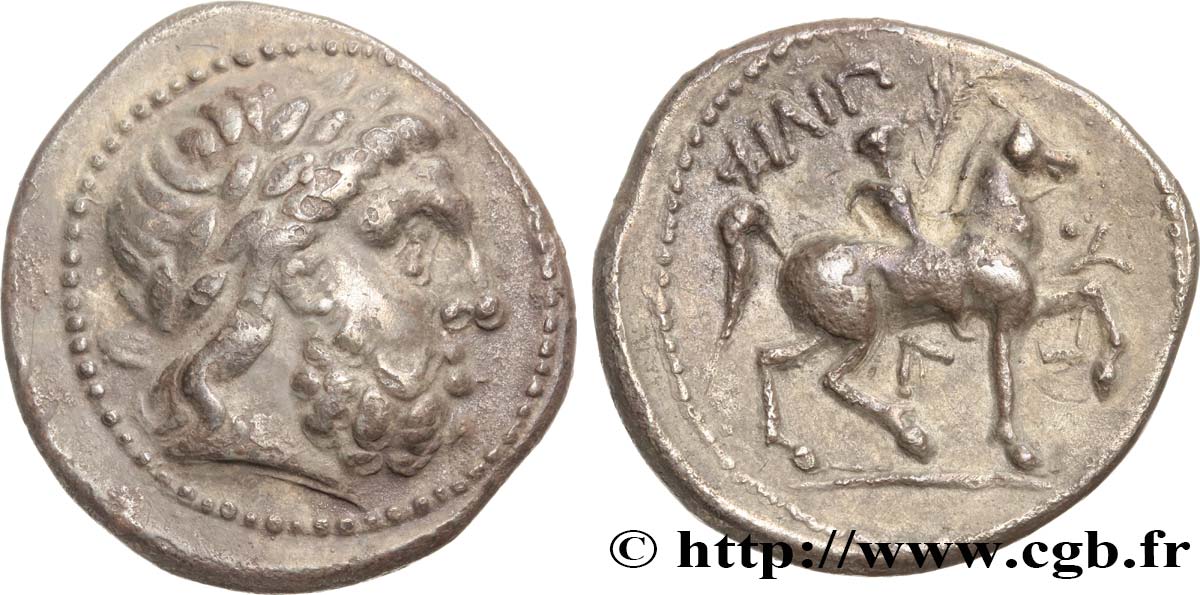
 Berichten über einen Fehler
Berichten über einen Fehler Die Seite drucken
Die Seite drucken Teilen meiner Auswahl
Teilen meiner Auswahl Stellen Sie eine Frage
Stellen Sie eine Frage Einlieferung/Verkauf
Einlieferung/Verkauf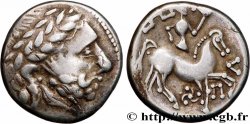
 Details
Details